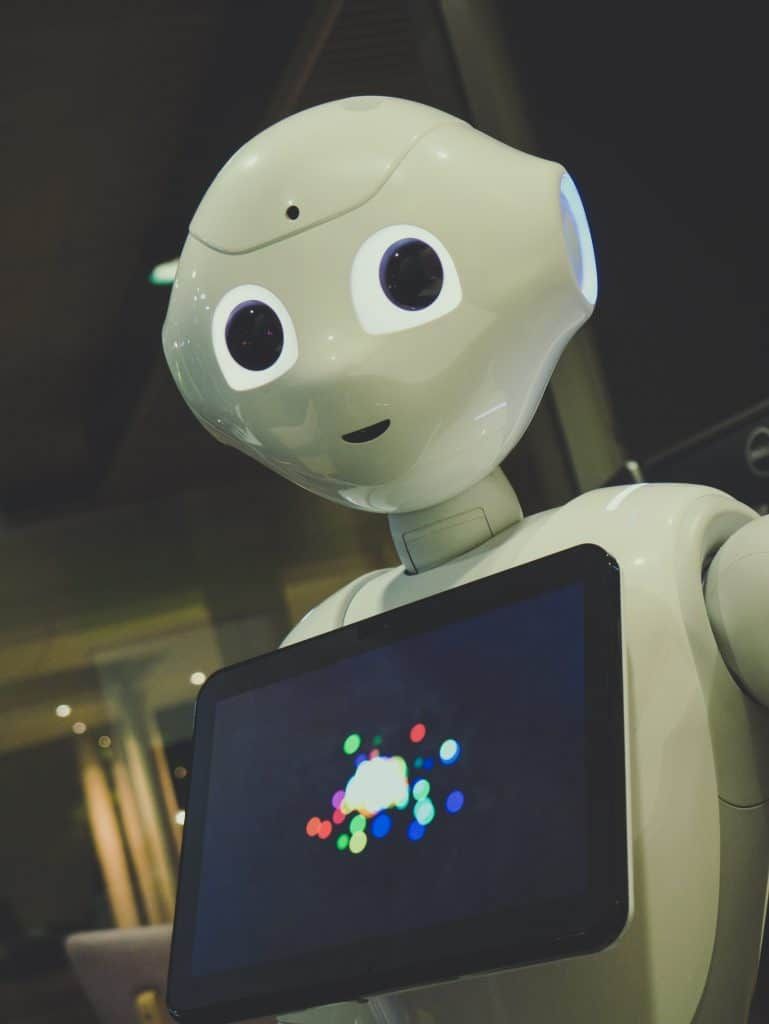What are the advantages of connected objects ?
The growing success of connected equipment marks the advent of the Internet of Things or IoT (Internet of Things). Today, the concept is best known to the general public through home automation and various fashionable gadgets. This innovation is nevertheless already present in many sectors of activity.
Intelligent tools should also continue to progress in all areas in the future.
How connected objects work ?
You currently have an overview of Advantages of connected objects through their countless practical applications. This equipment is used in particular in town planning (Smart City), industry (smart manufacturing), the logistics (Asset Tracking), agriculture (Smart Farming), etc.
This versatility comes mainly from the basic character of the concept. It can therefore be deployed to fulfill an elementary mission, regardless of the context. By definition, a connected object is a capable device:
- To collect information using sensors (temperature, speed, flow, volume, humidity, energy, pressure, vibration, geolocation, etc.);
- To use a network protocol to transmit this data;
- To interact with other connected devices or its environment.
To operate, connected equipment needs a dedicated infrastructure (network, server, router, etc.)). This ecosystem will transmit, store and process information from integrated sensors.
On the other hand, a connected tool most often communicates via Intermachin or M2M communication protocols (Machine to machine). It can also use an LPWAN (Low Power Wide Area Network), commonly translated by “extended low -consumption network”.
Finally, algorithms are necessary to provide added value to data and provide concrete results to users. These calculations will make it possible to define the reactions of the connected system according to the possible situations. The idea ofintelligent object comes from his ability to trigger a predefined action or scenario with regard to the information collected.
What connected objects have the most success in France ?

THE French consumers discovered the Advantages of connected objects Thanks to watches, bracelets and vocal assistants (Alexa, Google Home, etc.)). Logically, they particularly appreciate the Wearables and the systems dedicated to the smart home.
In 2020, 18 % of households had a connected speaker, According to a SCA-Homeserve survey. THE smart televisions are also very popular with French households. Many shelves also benefit from this success in the consumer market, in particular:
- Safety (locks, intrusion detectors, alarms, etc.))
- Energy (thermostats, radiators, smart bulbs, etc.);
- The opening (blinds, roller shutters, connected garage doors, etc.);
- Household appliances (refrigerators, intelligent vacuum cleaners, etc.);
- Accessories (headphones, scales, glasses, connected mirrors, etc.))
- Gardening (mowers, irrigation, smart watering, etc.)).
For their part, the professionals rather favor robots, THE tracers, the tools of telemetry… Connected cameras are acclaimed by individuals and businesses. This phenomenon has thus led to a strong growth in income in the security environment. As a result, the market generated 156 million euros in 2020, against 92 million euros in 2017.
Ironically, cameras are the most hacked connected products in France. The success of this equipment has indeed led to a significant drop in prices and quality. In addition, users are not aware of the risks inherent in the double -direction data flow (incoming and outgoing).
Thus, pirates did not hesitate to take advantage of the situation.
Advantages of connected objects: recognize major technical advances

For the individuals, THE Advantages of connected objects generally fall under theImproved quality of life. However, this technology has a potential far exceeding the comfort of comfort. It can, for example, help a family limit their environmental impact by optimizing their energy consumption and its production of waste.
Aware of its assets, professionals are currently multiplying IoT projects. Connected systems will ultimately allow them to switch to a product offer to a proposal for services. Concretely, a connected watch, for example, implies an associated service (sports monitoring, GPS, medical surveillance, etc.)).
The change of paradigm targeted, however, presupposes a real mutation of economic and technological models. As a result, this approach promotes in the meantime various technical advances:
- Extension of the digital ecosystem and generalization of the multichannel;
- Optimization of cloud balance / business infrastructure;
- Diversification of connectivity (RFID, NFC, Bluetooth, WiFi, etc.);
- Improvement of low -consumption networks (LPWAN, LORA, SIGFOX, etc.);
- Development of 5G and future generations of network;
- Reinforcement of cybersecurity protocols;
- Development of Big Data solutions (AI, Machine Learning, Deep Learning, Predictive Maintenance, Dynamic Planning, etc.)).
The democratization of the Internet of Things also accelerates theadoption and evolution of telemedicine. Indeed, caregivers have a myriad of connected tools to follow the condition of patients (heart rate, blood pressure, etc.)). Despite these advantages, consumers and professionals should not underestimate the environmental impact of connected objects.
